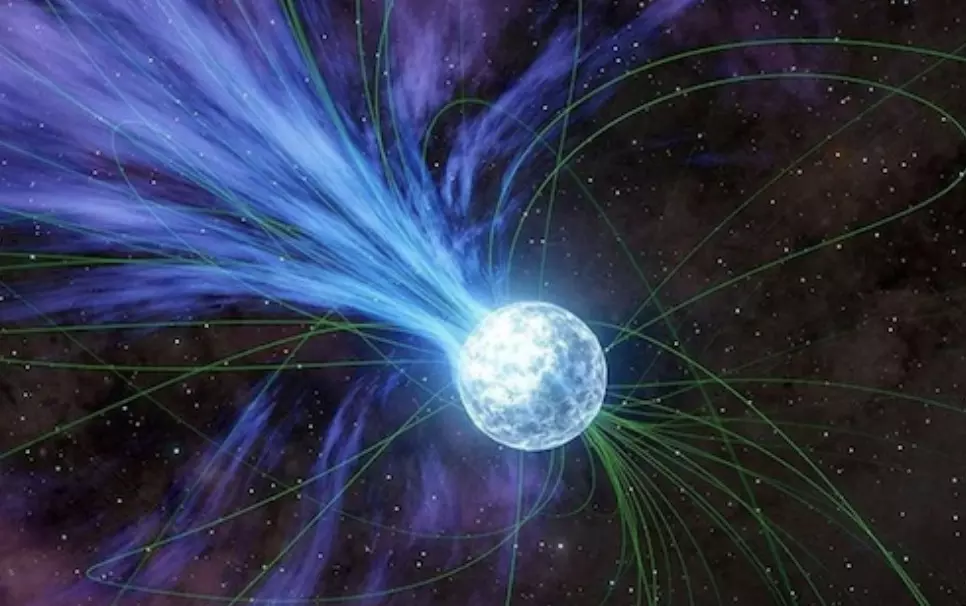NASA unveils clues about gold’s cosmic origins: What you need to know
NASA unveils clues about gold’s cosmic origins: What you need to know

The mystery of how gold, a metal heavier than iron, was formed in the universe may have finally been solved. NASA has uncovered groundbreaking clues, shedding light on the precious metal’s cosmic origin.
A new study, led by Columbia University doctoral student Anirudh Patel and published in The Astrophysical Journal Letters, reveals that magnetars—highly magnetized neutron stars—could be responsible for creating and distributing heavy elements like gold across the cosmos.
The research suggests that magnetar flares may have played a far larger role in this process than previously thought. Patel’s team analyzed data from NASA and ESA telescopes, some dating back over 20 years, to support their findings. They discovered that massive magnetar flares could account for up to 10% of the galaxy's heavy elements, including gold.
Magnetars, which formed early in the universe's history, could have been instrumental in creating some of the first gold and other heavy metals we observe today.
The study provides new insight into the violent and fascinating processes that have shaped the cosmos, revealing magnetars as key players in the formation of the universe's precious metals.

